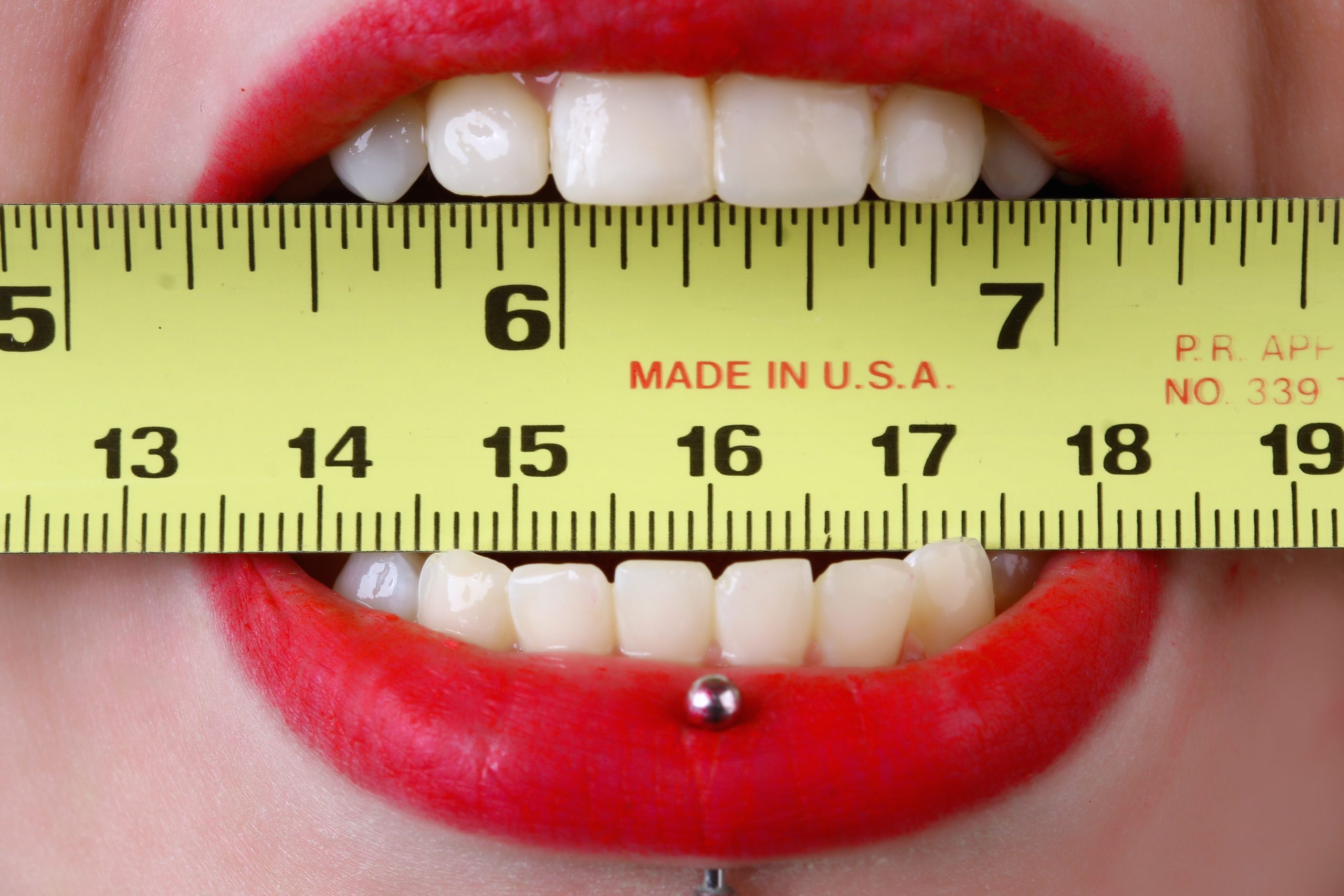We’re in the middle of the first quarter, which for many PR and marketing teams can mean close budget scrutiny. But unlike marketing, where we can count whitepaper downloads, webinar attendees and inquiries from marketing content, proving the ROI of PR can be a little more obscure.
One of the biggest trends we’re seeing in PR is a focus on the innate value of PR – and not just in meeting KPIs. Numbers are helpful, but it’s the context behind those numbers that should truly make them resonate with brands. There are three simple ways to measure the value of PR this year.
Sentiment and tone make all the difference
We intuitively know if an article or interview is positive, but an analysis of sentiment and tone offers insights into the qualitative impact of PR efforts. This means evaluating whether brand mentions in the media and in social chatter are positive, negative, or neutral, and how this affects public perception. Advanced tools like Muck Rack, Critical Mention and Hootsuite can examine articles and social media posts to provide a sentiment score. The contextual value is higher when the coverage aligns with the organization’s desired image and messaging, even in the face of challenges or crises.
What placement? Where?
PR teams should consider how to evaluate the prestige and relevance of the publication to the brand’s target audience. A placement in a highly-respected, widely-read publication within the client’s industry can have significant contextual value. In some cases, while a Tier 1 win like a Wall Street Journal piece is great for the brand, the Tier 2 media placement in the Retail TouchPoints is the one that drives prospects and customers.
Where a brand appears in an article also affects the value of a placement. A mention at the beginning or within key sections can have more impact than a minor one that’s buried with industry competitors. PR teams should also evaluate whether the brand is featured as a primary subject of the article or merely mentioned in passing. The context in which the brand is discussed – for example, as a solution to a problem or as a market leader – clearly also impacts its value.
Does it reinforce the brand story?
Finally, evaluate how well the brand mention aligns with desired messaging and goals. The contextual value increases if the article communicates or supports specific messages, such as innovation or sustainability, or an origin story that makes the company stand out.
PR analyses should also consider the article’s reach and how likely it is that the desires audiences will see it, of course. This involves assessing the outlet’s circulation, online traffic, and social media sharing potential. High visibility in a context that aligns with the organization’s values and messaging boosts the placement’s relevance and value.
Considering the contextual value of earned media and social content offers a more holistic view of a strategic PR program, including its longer-term impact on brand reputation, awareness and customer retention.
